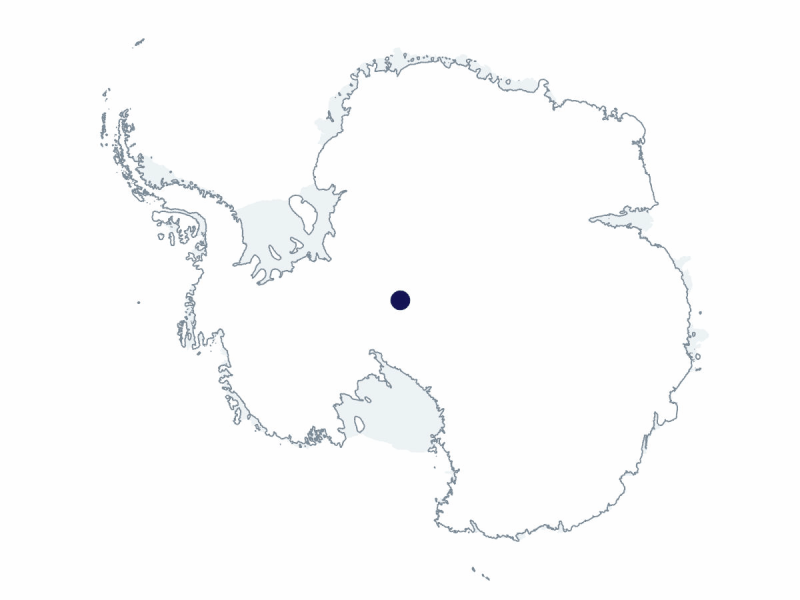2024-2025 USAP Field Season
Project Detail Project TitleSouth Pole Telescope (SPT) operations and data products Summary
Event Number:
Program Director:
ASC POC/Implementer: Principal Investigator(s)
Dr. John Carlstrom
Location
Supporting Stations: South Pole Station DescriptionThis project will conduct measurements of the 14-billion-year-old cosmic microwave background (CMB) with the South Pole Telescope (SPT) to address some of the most basic and compelling questions regarding the origin and composition of the universe. The telescope's siting is ideal for ultra-low-noise imaging surveys of the sky at the millimeter and submillimeter radio wavelengths. This unique geographical location allows SPT to obtain extremely sensitive 24/7 observations of targeted, low-galactic, foreground regions of the sky. The telescope's third-generation SPT-3G receiver has 16,000 detectors configured for polarization-sensitive observations in three millimeter-wave bands. The proposed operations also support SPT's critical role in the Event Horizon Telescope (EHT), a global array of telescopes to image the event horizon around the black hole at the center of the Milky Way Galaxy. Field Season OverviewOn-site fieldwork for the upcoming season includes: 1) Service, upgrades, and maintenance of SPT-3G and EHT telescope components and computer systems; 2) Cryogenic maintenance of the SPT-3G and optics cryostats; 3) Winterover training; and 4) Installation of the SPT-SLIM instrument (NSF AST-2108763) followed by several weeks of test observations to demonstrate new on-chip spectrometer detector technology and constrain the molecular gas content of distant galaxies. Deploying Team Members
|
2024-2025 Science Planning Summary



For USAP Participants |
For The Public |
For Researchers and EducatorsContact UsU.S. National Science FoundationOffice of Polar Programs Geosciences Directorate 2415 Eisenhower Avenue, Suite W7100 Alexandria, VA 22314 Sign up for the NSF Office of Polar Programs newsletter and events. Feedback Form |



